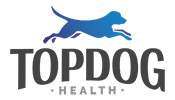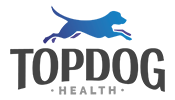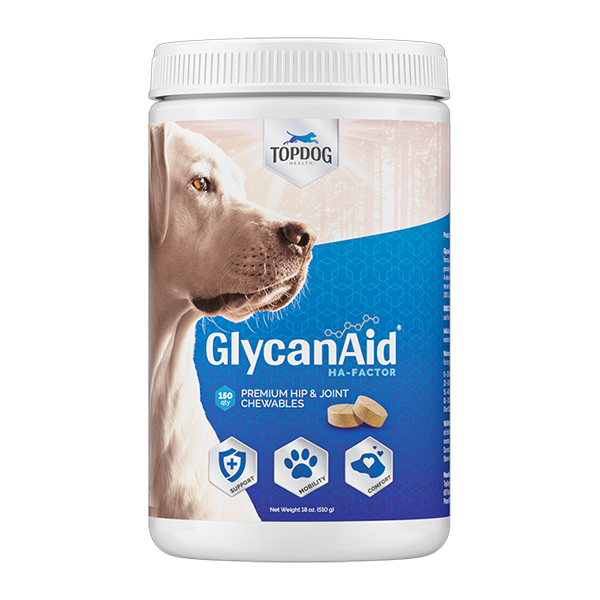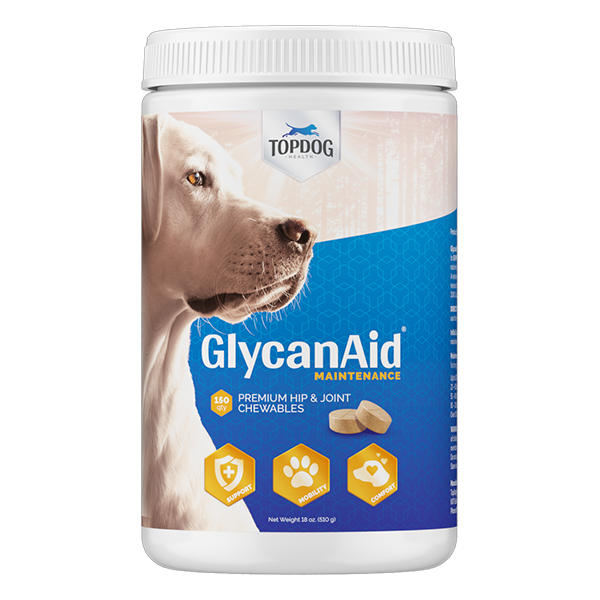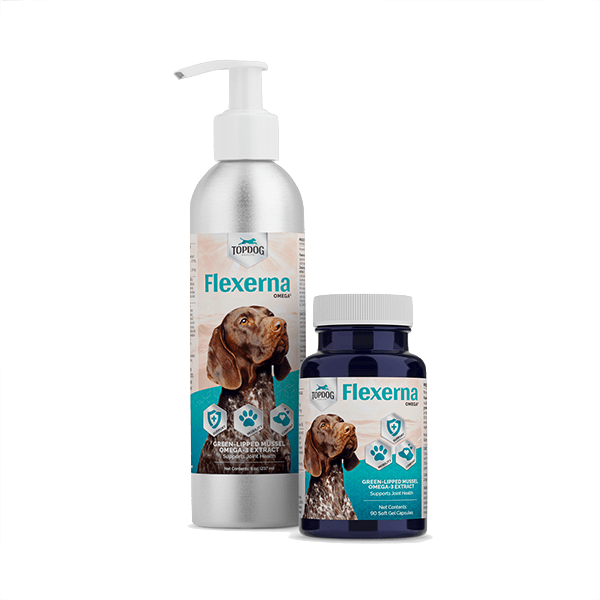Congratulations! You’ve reached the final week of this recovery program. In Week 10, we emphasize staying focused, the critical role of weight management, and the benefits of swimming as an exercise to ensure your dog’s long-term health and mobility.
WEEK 10: Closing the Recovery Journey
1. Don’t Lose Focus Just Yet!
Stay vigilant: Even though your dog may seem back to normal, this is not the time to let your guard down. Re-injuries can occur if you don’t remain cautious. Stick to the plan, monitor your dog closely, and continue implementing safe activities to prevent setbacks.
2. Weight Management
Why it matters: Maintaining an ideal body weight is one of the most impactful ways to improve your dog’s overall health and extend their life. Studies show that dogs at a healthy weight can live up to two years longer than those who are overweight.
Tips for Success:
- Use a body condition scoring chart to evaluate your dog’s weight accurately.
- Measure your dog’s food portions carefully and avoid overfeeding.
- Provide healthy, low-calorie treats in moderation.
- Regularly weigh your dog to track progress.
- Consult your veterinarian to create a personalized diet and exercise plan.
3. Swimming as an Exercise
Why it’s beneficial: Swimming is a low-impact activity that helps build muscle, improve range of motion, and promote overall joint health.
How to Introduce Swimming Safely:
- Veterinary Approval: Always consult your vet before starting a swimming program.
- Controlled Environment: Choose a safe, calm location such as a pet rehabilitation pool or supervised area.
- Assist Your Dog: Lift your dog in and out of the water to prevent strain or injury.
- Duration: Start with short sessions (2-5 minutes) once or twice a week, gradually increasing time as tolerated.
- Supervise Always: Stay close and monitor your dog at all times while swimming. Avoid activities like jumping into or out of the water, which can be risky during recovery.
Closing Message: Celebrate Your Success! 🎉
You’ve made it through 10 weeks of dedication, patience, and hard work. This journey has been about more than just recovery—it’s been an opportunity to build a stronger bond with your dog, improve their health, and set them up for a vibrant, active future.
But the work doesn’t stop here. As you transition out of the program, continue incorporating healthy habits, monitoring your dog’s progress, and seeking veterinary guidance when needed.
Thank you for trusting this process and putting your dog’s well-being first. Here’s to a healthier, happier life together! 🐾
